WordPress currently powers about a quarter of the internet. From TechCrunch and The New Yorker to small personal blogs, WordPress is in use by organizations and individuals worldwide and is capable of doing almost anything you ask of it. Managing a WordPress site can, at times, be a complex and technical endeavor, but keeping your site healthy is something anyone can do.
Backup your WordPress site and database
While some web hosts keep backups of your account files and settings, you don’t want to rely solely on this. They can’t always be as responsive as you need and they aren’t always as thorough as you’d like. So, if you don’t already make regular backups, invest some time into setting up a regular backup of both your site content and database. Your backup schedule should be based, at some level, on how often your site is updated. For example, there would be little need to have daily backups for a site that is only updated quarterly. We use Snapshot, but Updraft is a very popular and highly-rated free option.
Delete unused plugins and themes
Once you have a good backup you can rely on, you can start cleaning up some of the extraneous site content. Old or unused themes and plugins are not only sources of some common vulnerabilities, since they aren’t typically kept up to date, but also tend to needlessly increase the size and loading times of your site. Clearing out any unused plugins and themes will help secure your site and cut the amount of superfluous content you’re dealing with on your site.
Delete unused user accounts
Another important area for boosting the security of your site is deleting unused user accounts. From web developer’s old administrator accounts to accounts for old employees, who no longer work with you, delete any unused accounts. You can attribute any posts or pages to an account you aren’t deleting. Keep in mind some themes may rely on the user account to display an author name or author bio on posts. In this case, you may not necessarily be able to delete the old accounts, but you should at least generate new, secure passwords for the accounts.
Optimize your database
Once you’ve cleared out these accounts, plugins, and themes, you should clean and optimize your database to ensure everything is running smoothly and your database isn’t littered with superfluous tables and records. There are a number of great plugins to clean and optimize your database, find one that works for you and use it regularly to keep your database squeaky clean. We use WP-Optimize.
Optimize images
Modern web design tends to be rather image heavy and, while web browsers and high speed internet do their part to speed along loading times, optimizing your images can make a huge improvement in how quickly your site loads. Plugins, like WP Smush or WP Smush Pro, will use some of the latest and greatest compression methods to minimize image sizes without affecting image quality. This can have a huge effect on loading times, but will also make backups and other tasks quicker courtesy of the reductions in file sizes.
While these five actions are only the tip of the iceberg when it comes to WordPress administration and maintenance, they are easy for anyone to perform and can go a long way to maintaining the health of your WordPress site in between major updates and maintenance tasks.
[hs_action id=”1171, 790″]


